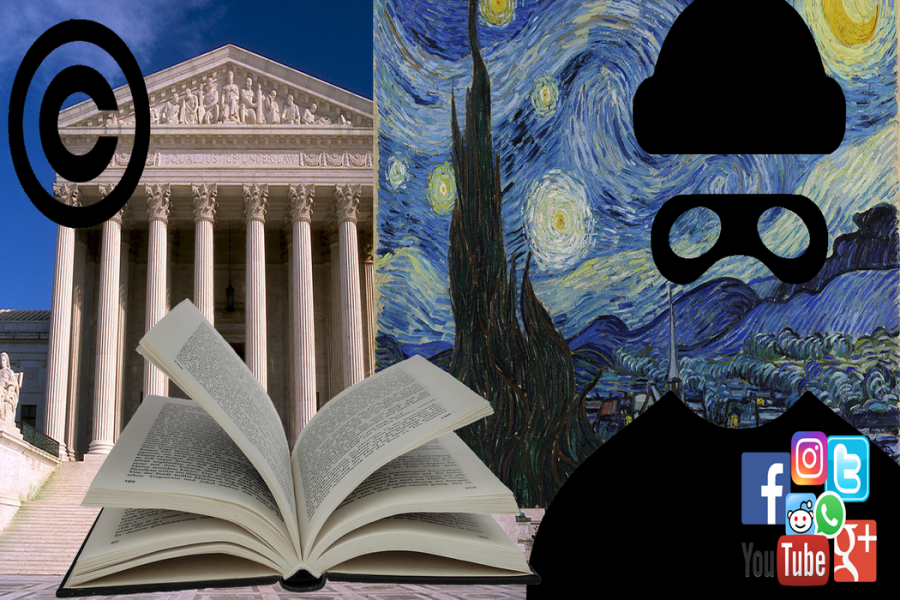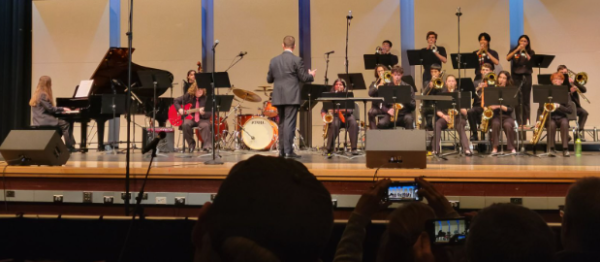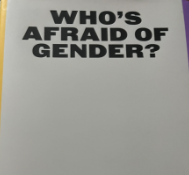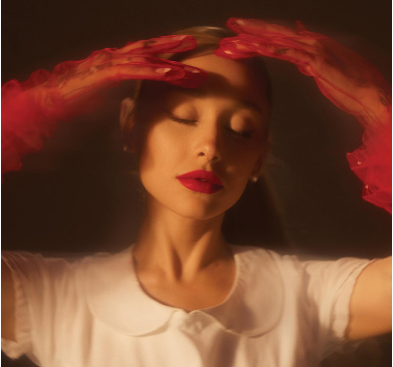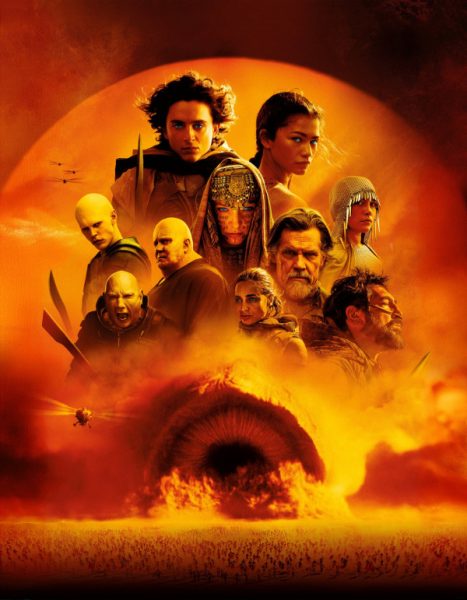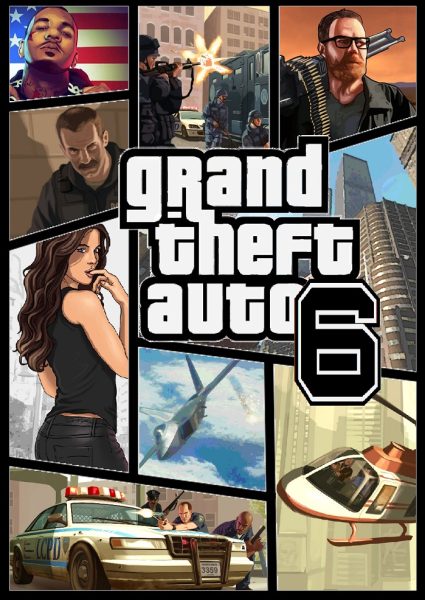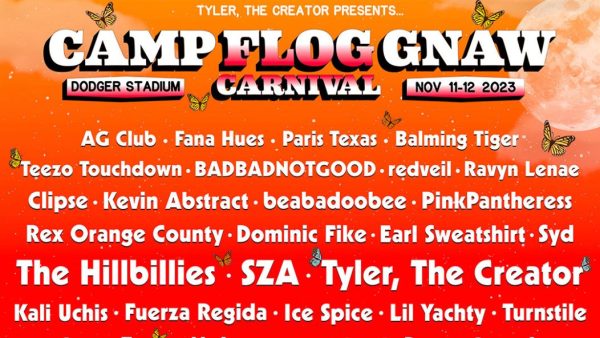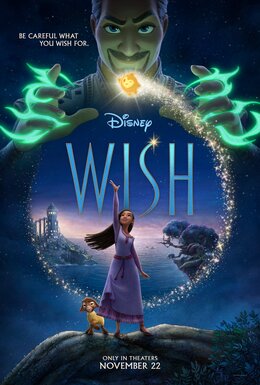If you don’t credit artists, you are a thief
September 25, 2018
Have you ever experienced a theft? Not your wallet–a theft of your art.
Imagine this: You create a piece of art and you consider it your absolute best work. You are so proud of this masterpiece that you decide to post it on social media. Slowly, you gain likes and even a few positive comments on the piece. A week or two later, though, you’re shocked to see that another account is posting your piece as their own work, gaining more likes and comments than the original post.
How do you deal with this?
Many students don’t understand the importance of crediting artists and the consequences that go along with media theft and plagiarism. Reposting or claiming any piece of media, such as art, photos, videos, and writing, is considered theft. In the school, plagiarism in school work is against the Honor Code.
The 2016-17 LHS Student Handbook states on page 6, “Violations of this code will result in the total loss of credit for the assignment and the recording of a failing grade. It may also entail loss of credit for the course and additional disciplinary action.”
This offense can also lead to loss of participation in extracurricular activities.
Unfortunately, this does not happen often, as teachers do not know every single time a person plagiarizes.
Outside of school, however, the school cannot control the outcome of media theft. Usually, these cases do not go to court, but if they do, the art thief can expect to pay a fine of somewhere between $200 to $150,000 for each work stolen, according to Purdue University. Additionally, if the thief makes profits off of the work, they will expect to pay the dollar amount equal to that. The worst consequence of media theft is serving jail time.
Instances like these are rare, but possible.
When these cases are not examined in court, artists typically have to struggle alone. Every artist has the rights to their work. These rights include being able to reproduce, sell, and exhibit their works. Unfortunately, many people infringe on these rights when they steal the original artist’s work by reposting without credit. With lack of credit, others end up assuming the art is up for grabs to repost or put on merchandise.
This is very frustrating, and a feeling that Twitter user @MyOneHen knows all too well.
@MyOneHen has had a passion for art since they were a child, often inspired by various CLAMP, a group of Japanese manga artists. The Twitter artist recently tweeted about how their fanart piece of Cardcaptor Sakura, a popular magical girl anime, was stolen and placed on a poster to be sold by an unknown seller on Taobao, a Chinese shopping website.
“Just like everyone who experiences getting their work and belongings stolen, it makes me angry, frustrated, and sad,” said @MyOneHen. “Especially when art thieves impersonate and/or profit off of someone else’s hard work while [the original artist] often draws out of genuine passion and desire to share their work to make themselves or others happy.”
This is how other artists feel, and many of them go through extreme measures to protect their work, such as large, overbearing watermarks or just not showcasing their work online at all due to fear of their art being stolen or traced.
These situations are not specific to artists, though. Authors experience plagiarism more often than one would think, whether the author is professional or aspiring.
Karen Finneyfrock is a novelist and poet in Seattle, Washington. Her works include Ceremony for the Choking Ghost, Courage: Gutsy Poems for Daring Girls, The Sweet Revenge of Celia Door, and Starbird Murphy and the World Outside.
Fortunately, Finneyfrock has not had her work plagiarized (at least not to her knowledge), but she does believe it is very important to make sure you credit your sources, especially in the modern day.
“I learned the academic importance of crediting work while I was in high school, but lately I have come to see crediting sources as vital to both our intellectual advancement and our democracy,” said Finneyfrock. “The internet age makes it too easy to pass off conspiracy, speculation, and lies as fact, and the pace with which we process information necessitates the use of critical thinking in analyzing each new ‘fact’ we learn. “
But what if somebody doesn’t want to pass of work as their own, or as something it’s not? What if they simply want to use it?
This is where Fair Use comes in. Essentially, Fair Use allows people to use copyrighted material for purposes like education, critiques, parodies, or comment-making. You cannot, however, copy a piece of media in full, even if you provide credit.
For example, if one is creating a piece of art, they may need to look at photos or other works of art for reference for a specific technique, a perspective, lighting help, etc. If the reference is found helpful while creating an entirely new piece and does not copy the original, it is considered fair use. On the other hand, if the person blatantly copies the piece in its entirety, it is an infringement of copyright.
Computer graphics teacher Tracy Bozzonetti encourages these rules in her class, where resources like Google Images are accessible to students.
“I tell the students about these rules, but I don’t know if they listen,” she said. “It’s okay to use a reference image as long as you alter it and make it your own.”
So, what do you do if you don’t know whether you can use a piece of media?
Before using a piece of media, particularly, a work of art, make sure to ask the owner for permission. If you are not allowed to use it, look for something similar and repeat the process. If you happen to get permission to use it, provide a source and credit the owner.
Fair Use does not always require permission, though. If it is a quote from a book, a short movie clip, or a snippet from a song, you are likely allowed to use it, as long as a proper source is cited. Once again, using a movie or video in its entirety is not considered fair use because it is stealing and not being used for the aforementioned purposes.
To make things even easier, there are lots of sites that can provide royalty-free music or even stock footage that is free to use. Unfortunately, some (not all) stock footage sites require footage to be purchased. Sometimes, it’s better to be safe than sorry.
As for music, Linganore now has a subscription to Soundzabound, where one can use clips of music and sound effects without worrying about stealing it. If you are interested in using this service, you can see Ms. Thompson in the media center.
On the other hand, if you are a creator, how can you protect your work and prevent it from being stolen on the internet?
@MyOneHen said, “[The creators should] watermark their works to lower the chances of it happening in the first place. Watermarks dissuade the average thief and make it easier to report stolen work.”
Also, if your work does happen to get stolen online, report the post or contact the administrators of the website.
“Start by trying to fully understand the situation before jumping directly into accusation or legal action. Save documents and collect proof before speaking with a professional,” said Finneyfrock.
Stealing a piece of media is not worth getting into legal trouble or trouble with the media’s owner. Always ask for permission first, unless it falls under fair use and always respect the owner’s wishes and rights.
After all, would you want your hard work to be taken away?


